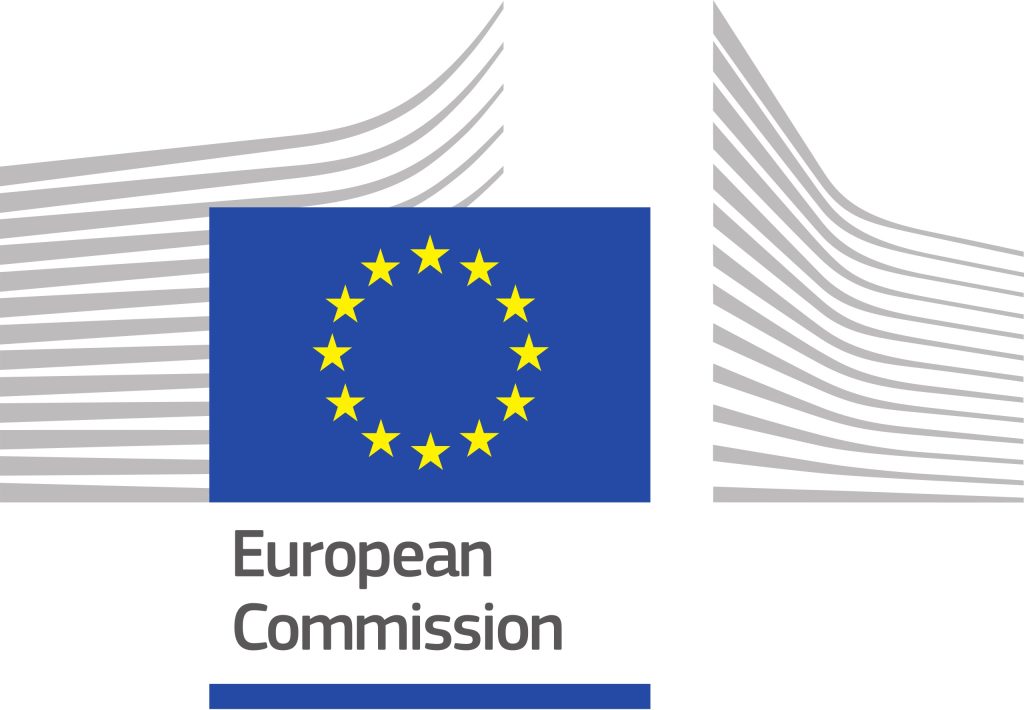
Paper makers and users look to greener frontiers
While the industry consumes lots of trees and produces plenty of waste, grass packaging and new construction materials point toward a more sustainable path.
Switzerland is renowned for its mountains, cheese and chocolate. Less well known is how Lindt, a Swiss chocolate producer, is packaging the delights in greener ways.
The paper packaging used for some of Lindt’s products has green fibres running through it. More than just a splash of colour, the green is actual grass to replace some of the wood normally used to make the paper.
Forest strains
The change is the result of years of research carried out by German paper manufacturer Creapaper and partly funded by the EU in a project called Grass Paper.
‘Stress on forests is too high,’ said Michael Schatzschneider, Creapaper’s chief financial officer. ‘So we wanted to find an alternative for packaging, which might seem like a low-value product but it alone is responsible for millions of tonnes of paper production every year.’
The paper industry is one of the world’s largest users of wood, accounting for 33-40% of global trade in the sector. In Europe alone, the pulp and paper industry provides 179 000 jobs and contributes €21 billion to the EU’s gross domestic product.
Worldwide paper production reached a record 415 million tonnes in 2021, according to the International Energy Agency. On top of that, the resulting waste often goes unused.
Just as paper production can reduce its environmental footprint, waste can too by being deployed for a range of applications.
Waste not
‘Paper production is going up,’ said Juan José Cepriá, project manager at Spanish construction company ACCIONA Infraestructuras. ‘This puts more pressure on our forests and generates more waste material. We have reached the stage where paper mills don’t know what to do with it.’
Cepriá coordinated a separate EU-funded project called PAPERCHAIN, which ran for four years until August 2021, to tackle the waste trouble. One of the places was Slovenia, where paper waste was used in a construction initiative.
Because Slovenia is mountainous, it often needs to build stabilisation walls to prevent landslides, according to Karmen Fifer Bizjak, head of the geotechnics and traffic infrastructure department at the Slovenian National Building and Civil Engineering Institute, or ZAG.
Usually, construction companies use gravel to build such barriers. In this case, however, the project used a new material called MUDIPEL, which is made out of the waste – mainly paper ash and sludge – taken from a local paper mill.
These materials currently serve no purpose and would have been thrown away.
‘It was a challenge to transform paper sludge and its ash into a construction material,’ said Fifer Bizjak. ‘The new material had to work in the same way as the old. And, on top of that, we had to prove that it wasn’t harmful to the environment.’
Building material
For example, the project had to find the optimal combination of ash and sludge as well as determine how much the material needed to be pressed together to work most effectively.
MUDIPEL achieved what it was set out to do. Fifer Bizjak said the new material is already being used in other construction projects.
‘We proved it was possible,’ she said. ‘We showed engineers and construction companies it’s a viable product.’
It also lasts as long and has the same mechanical properties as the traditional material, according to Fifer Bizjak.
PAPERCHAIN developed five of these processes across Europe.
In Portugal, the project turned waste products such as lime mud into base materials for concrete and asphalt production, which was used to make roads in the country. In Sweden, the project used dregs from paper waste to prevent harmful chemicals released during mining from seeping into the soil.
‘We have already constructed more than six kilometres of road trials with paper waste,’ said Cepriá. ‘Some of these technologies are ready for large-scale use. We can now finally start using the waste from paper mills in socially useful ways.’
Grass paper
Back in Germany, Creapaper is also ready to launch its grass-infused product following the completion of the EU-funded project, which ran from October 2018 through November 2020.
The company is based near the western city of Bonn and has around 35 employees.
‘We’re always improving our technology,’ said Schatzschneider. ‘But today the most important thing for us is to convince brands to use paper made from grass.’
Creapaper uses grass to make a pulp that can then be used by mills to produce paper or cardboard, which is mainly sold as packaging material. It’s generally a mixture of 30% grass pulp and 70% wood, which could save large numbers of trees.
From the point of view of supply, grass is a good alternative to wood, according to Schatzschneider.
‘It’s widely available everywhere,’ he said. ‘It’s a global resource. Farmers are already used to harvesting it as well, in bales of hay. We can produce a lot of it in a minimally invasive way.’
On top of that, producing grass pulp is more sustainable than making the equivalent wood pulp, according to Schatzschneider. One tonne of grass pulp requires about 10 litres of water, whereas the same amount of wood pulp would take around 1 500 litres.
The result for Creapaper is a green-tinted packaging paper. In this area, the company is searching for large commercial deals like the one with Lindt.
Creapaper is registering ever-increasing production and sounds confident about future growth.
‘We are heavily scaling right now,’ said Schatzschneider. ‘There's still some way to go, but we are convincing more and more brands to look at our paper.’
By TOM CASSAUWERS
This article was originally published in Horizon, the EU Research and Innovation magazine
Document Details and Download
- C2G
- Convert2Green
- environmental sustainability
- Grass Paper
- Green Technology
- PAPERCHAIN
- Renewable Resources
- Sustainable Packaging
- Waste Management
Creapaper;
ACCIONA Infraestructuras;
Slovenian National Building and Civil Engineering Institute (ZAG)

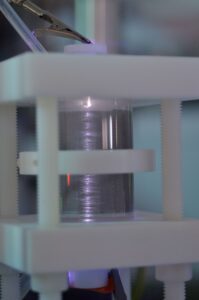


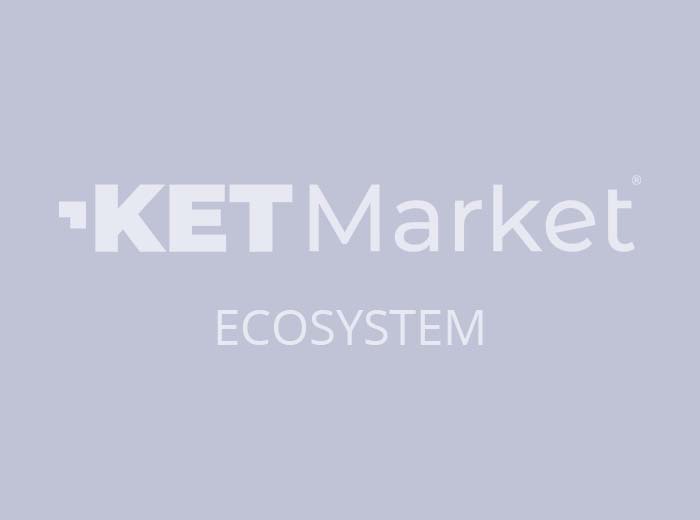
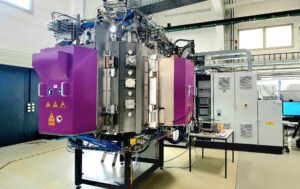


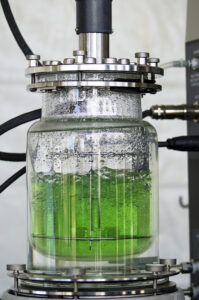

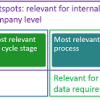

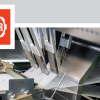

Paper makers and users look to greener frontiers 0 reviews
Login to Write Your ReviewThere are no reviews yet.